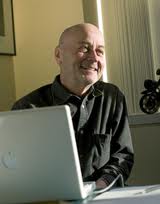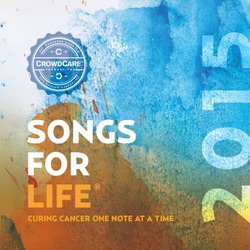The High

The Low
A recent blog post has cast some doubt as to just how harmonious the split actually is. Pat's blog post outlining this can be seen if you CLICK HERE. It states that a number of patients have contacted Pat and said that the Kumbaya spin on this separation is a lot more than currently meets the eye. I think we will be learning more about this in the near future, and I hope it does not become another "Needs to Spend more time with his family", or "Chose to pursue other interests" situations. That would just be so sad for Bart and for UAMS.
Hot update - A recent blog post by Nick Van Dyk a friend and patient of Dr. Barlogie confirms, "Bart is "not retiring" but will be setting up shop elsewhere."
You can read Nick's logical evaluation of the reasons for the split and the obvious considerations each of the patients who have committed their treatment to the Total Therapy regimen will now have to reevaluate for their ongoing care if you CLICK HERE.
The High
You can help yourself survive myeloma! The MCRI (Myeloma Crowd Research Initiative) will air another of the 10 finalists for consideration for funding of the best possible clinical trial for high risk myeloma. Most all myeloma becomes high risk and as a result a cure for high risk disease will mean a cure for all myeloma. You can help to pick and fund the most promising clinical trials in the world for myeloma. MCRI High-Risk Myeloma Series: Dr. Guenther Koehne, MD, PhD, MSKCC, a T cell approach showing success even in plasma cell leukemia and now for use in myeloma. Tuesday, April 7 @ 1 pm EST Call In by Phone to Listen Live: (347) 637-2631 or Listen Live Via Compute

All of the proceeds of this album go to cross-cancer research initiatives sponsored by the CrowdCare Foundation. If you are asking what you can do to help move research forward at a faster pace, this is a perfect answer. The Songs For Life album is also an inspiring and ideal gift for friends or family members who are struggling in their fight against cancer.
Good luck and may God Bless your Cancer Journey. For more information on multiple myeloma survival rates and treatments CLICK HERE and you can follow me on twitter at: https://twitter.com/grpetersen1


































 RSS Feed
RSS Feed